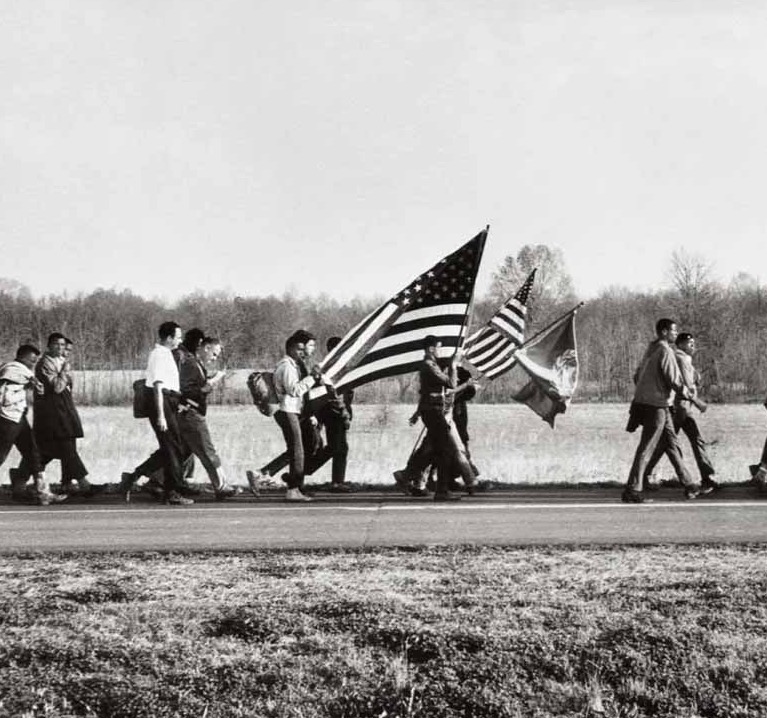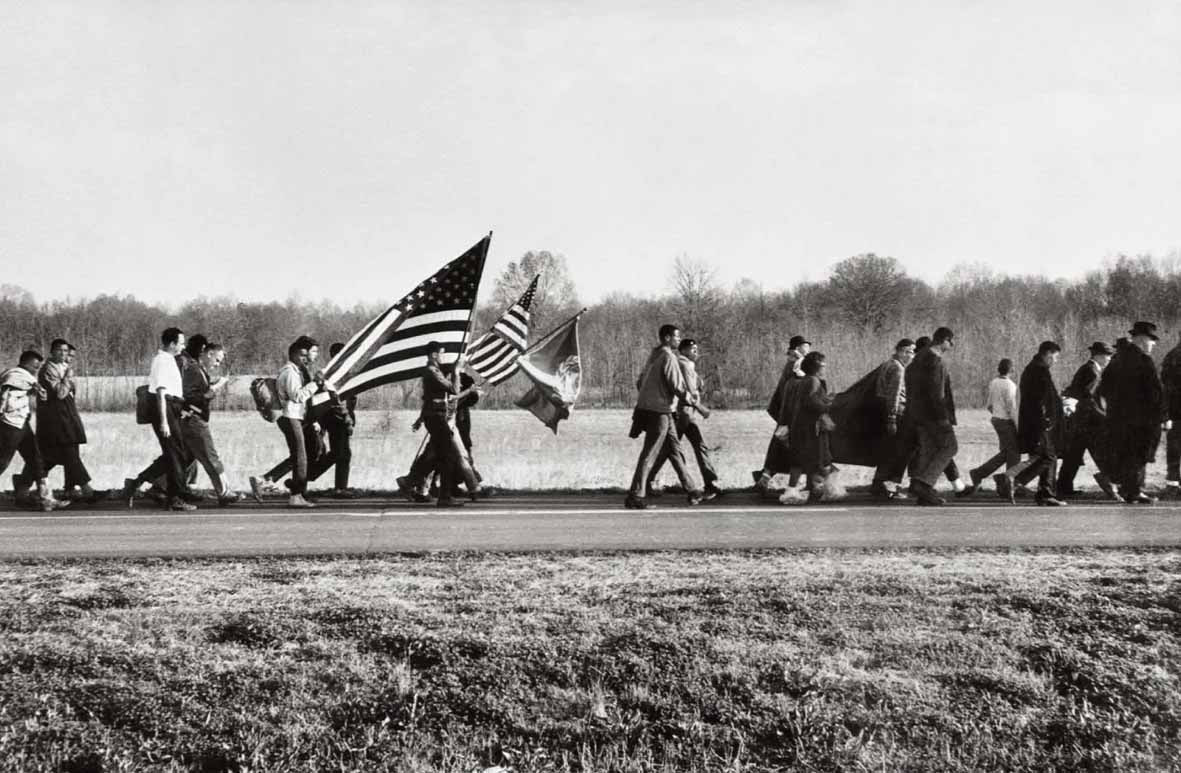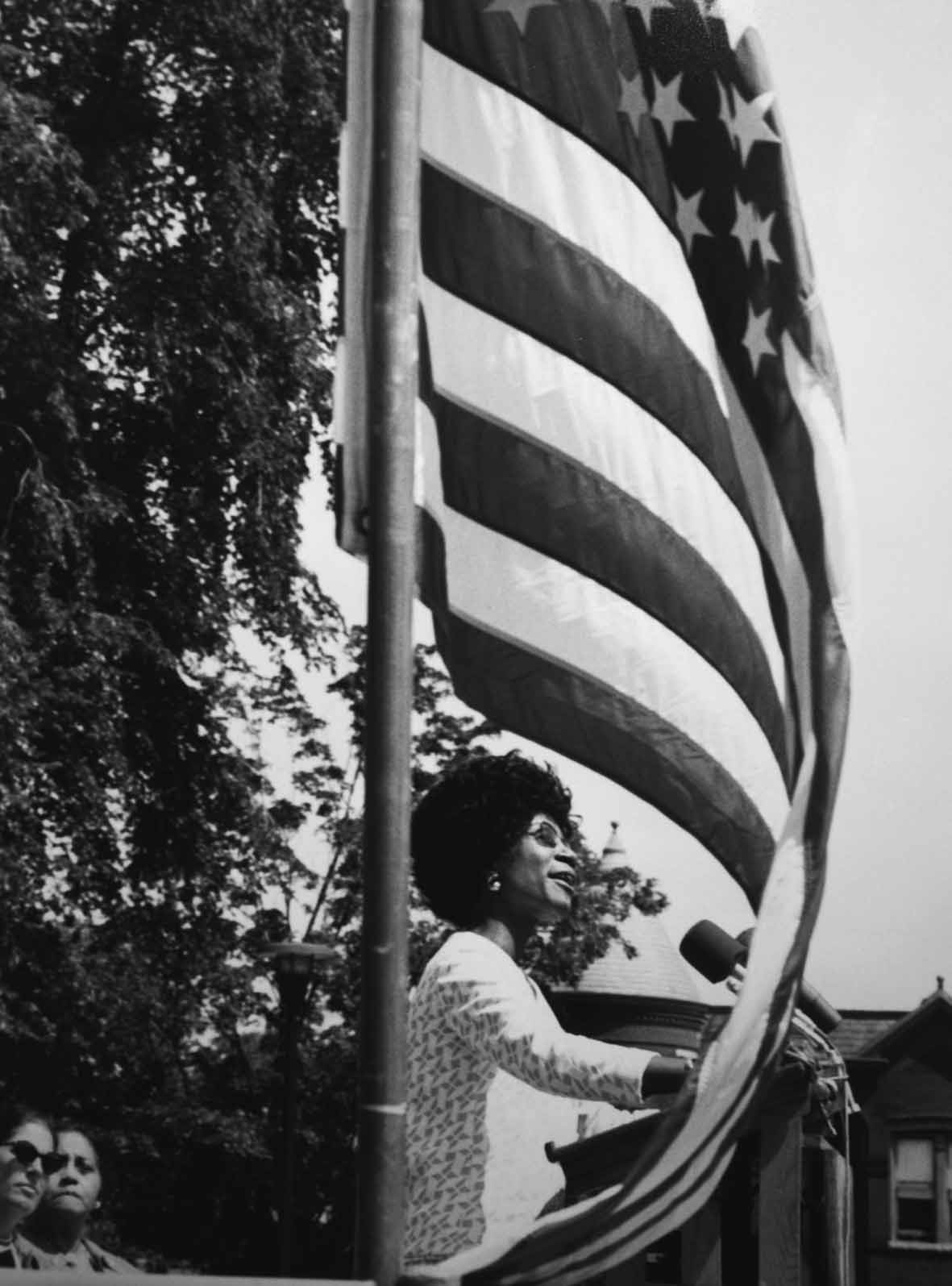
Have you ever wondered about the power of photography and how much photography can influence the perception and struggle for civil rights?
In 2013,
the Black Lives Matter movement emerged powerfully, embodied by the hashtag #BlackLivesMatter. This wave of activism, rooted in the African American community in the United States, was a direct response to numerous incidents of police violence, such as the death of Trayvon Martin.
Photography has been a crucial medium in the documentation and dissemination of these historical moments.
The Lens on Justice: Black Lives Matter and the Power of Photography in the Struggle for Civil Rights

Fighting Shirley di Steve Schapiro
The Black Lives Matter movement, opposing racist policies, found a powerful symbol in 2020 with the video of the killing of George Floyd, revealing the endemic racism and brutality of law enforcement in the US. The global reaction to this incident turned Black Lives Matter into an international phenomenon. With the ascension of Joe Biden to the presidency, the issue of “structural racism” has returned powerfully to the forefront, expanding the debate to issues such as immigration to the West and the return of art stolen during colonialism.
There are two symbolic photographs that document these historic moments. Here are which ones:
STEVE SCHAPIRO’S MARCH OF SELMA
Steve Schapiro, a New York-based photographer, captured key moments of the civil rights struggle with his camera.
His iconic image of the 1965 Selma to Montgomery march, led by Martin Luther King, is an example of how photography can capture and convey the beating heart of a movement.
The image of the 600 African American people marching peacefully for the right to vote became a powerful symbol, prompting President Lyndon Johnson to enact historic legislation.
FIGHTING SHIRLEY BY MAURICE SORRELL
Maurice Sorrell, another photographer, has devoted his career to documenting the civil rights movement in the Deep South of the United States.
His photographs of Shirley Chisholm, the first African American woman elected to Congress, illustrate her pioneering role and lasting impact. Chisholm, affectionately nicknamed “Fighting Shirley,” fought for racial and gender equality, the plight of the poor and the end of the Vietnam War, despite discrimination and obstacles.
If you are interested in the topic of portraits that tell stories you might also be interested in the post Stories in shots: women’s photography.

Fighting Shirley di Maurice Sorrell
Through these images we see how photography has been not only a witness but also a catalyst for change. The images captured by photographers such as Schapiro and Sorrell not only documented history, but also helped shape public perception and awareness of civil rights.
Today, in the digital world, photography continues to play a crucial role in bringing injustice to light and promoting social justice.
The Black Lives Matter
movement, amplified and made visible through powerful images, reminds us that the struggle for civil rights is still ongoing, and that photography has the power to capture and inspire meaningful changes in society.
These two extraordinary photographs are on display at the exhibition American Beauty. From Robert Capa to Banksy, at the Altinate | San Gaetano Cultural Center in Padua, will be on view until January 21, 2024.
You might also be interested in the in-depth study Photography as Information Technology, which tells a history of photography unlike any other.

